|
|
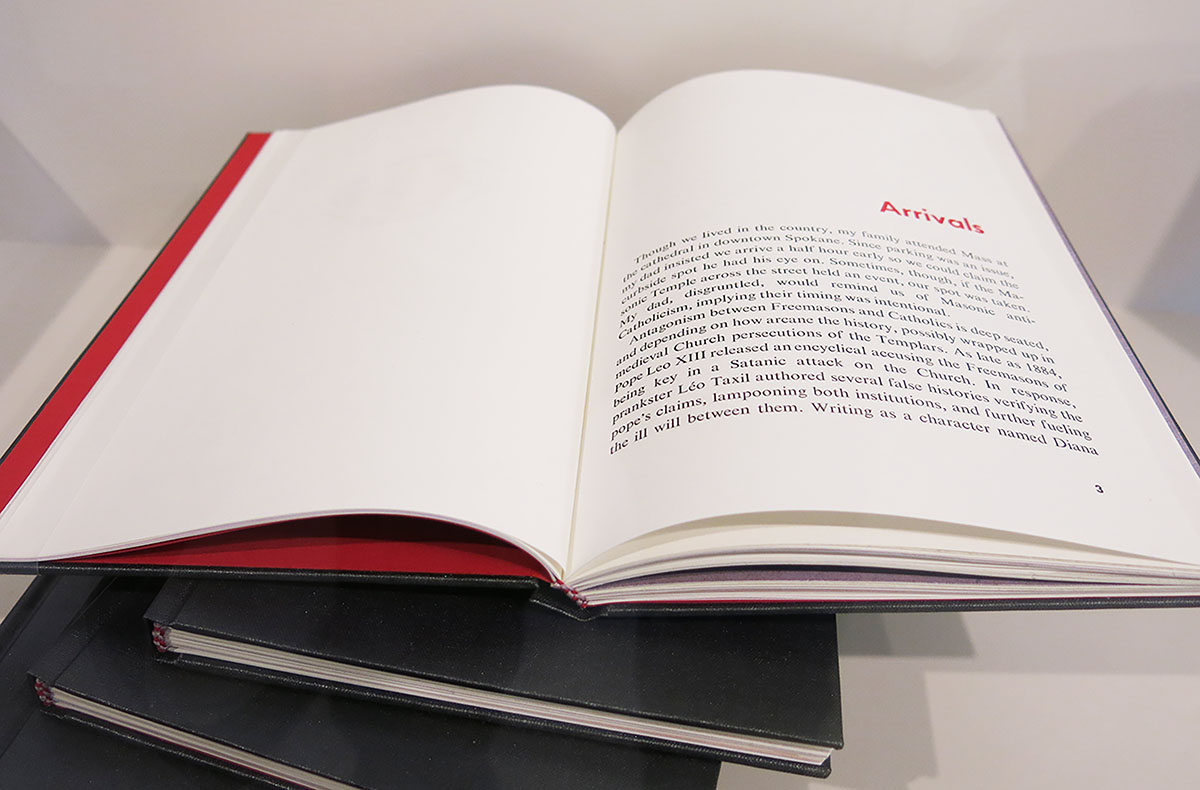 |
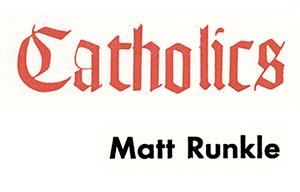 |
||||||||||||||
|
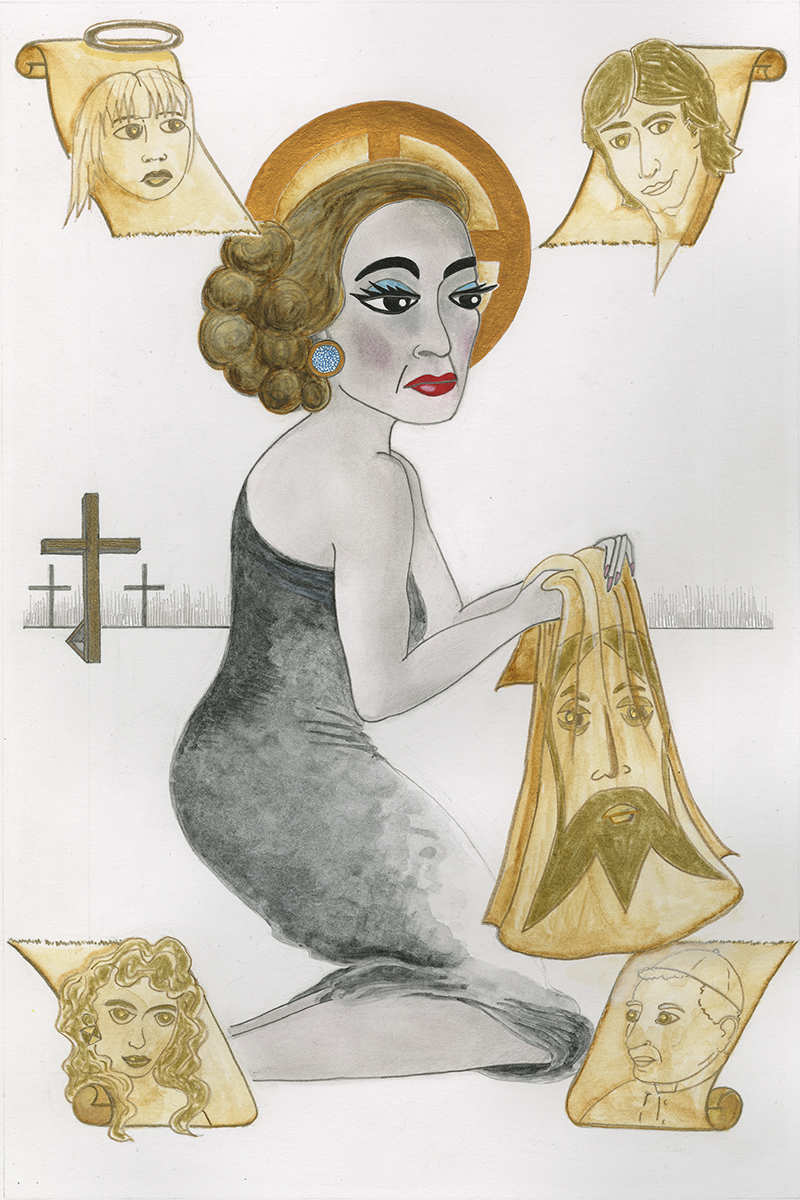 |
Catholics is an artist book, a limited-edition memoir that makes use of illustration, collage, and letterpress-printed typography to explore the psychic cathedral built by my Catholic traditionalist upbringing. Beginning with an anti-clerical quip by Tallulah Bankhead, the book takes on a range of subjects including Catholic-Masonic tensions, the fervency of converts, the legacy of the Legion of Decency, and the spiritual significance of revelatory shrouds. In Catholics, the sacred and profane, the humorous and tragic, the zine and literary fine-press all end up as strange bedfellows in desperate need of confession. The book's eight prose sections are both anecdotal and informational. Their design is a nod to twentieth-century trade publications—books, but also periodicals. In these sections, magazines and newspapers recur as central objects, and the tell-all nature of the book’s subject matter often feels worthy of the scandal sheets. Because of this, I’ve drawn inspiration from the designers, compositors, and printers who once worked to produce mass-market ephemera. The prose sections are letterpress printed from The Times New Roman type, cast and set by M & H Type. Also included at intervals, always on the recto, is a series of seven communion wafers/solar crosses. Printed with heavy impression from photopolymer plates, these images are surrounded by Bruce Rogers–inspired frames printed from metal typographic ornaments that alchemically shift throughout the course of the book. The wafers/solar crosses animate their own narrative, a transmuting framework that comments on the book’s other threads. This sequence was also adapted into a suite of prints. The book’s three illustrated saints—portrayed by Joan Crawford and Tallulah Bankhead—are directly referenced in the prose sections, as are the objects surrounding them. Their layout is inspired by the quincunx, a sacred formation where one central image is surrounded by four smaller objects at each corner. In Renaissance art, these four objects often represent aspects of the fourfold world: humors, elements, seasons, gospels, or some other system of correspon- dences.The book also features four illustrated page spreads. Three eulogiae—portfolios in the spirit of acheiropoieta (icons generated miraculously rather than by human hand)—rely heavily on collage. Sixth-century pilgrims to sacred sites in Europe carried away tiny clay or glass ampullae that contained traces of dirt, oil, or water found at the visited shrine. Diagram- matic images of the location were also rendered on the exteriors of these souvenirs, called eulogiae. Each eulogia in Catholics attempts to conjure remembered space in a similar way: handwritten text and collaged images function as both architecture and performance. Catholics is a project that is animist. During its creation I tried to tap into the energetic potential of material objects, whether magazine scraps or metal ornaments collecting dust in inherited type cases. Catholicism is ornately melodramatic, but it didn’t build that baroque on its own: the pagan cultures suppressed by the Church were also mined for their sacred objects and images, which were then re- purposed to maintain the Roman hierarchy’s power. And while Catholic traditions such as transubstantiation and acheiropoietia are concerned with an alchemical materiality, dogma has deadened any hope of real tran- scendence. Catholics is an attempt at subverting that co-optive past. While I’m inspired by the fine press printing tradition, I come from a zine-making back- ground, which makes me privilege the staticky effect of the photocopier and the chimerical results of collage. I’ve attempted to explore the tension between these modes, as well as those of commercial book and periodical design, and to ultimately integrate them in this work. The result, I hope, relies on a scaffold of traditional design adorned with material detritus that provoke memory. The book, with a trim size of 6 × 9 inches, was hand bound in a flat-spine, full-cloth case by the author in Spring 2015. The edition of 25 was funded in part by a grant from the Caxton Club.
|
||||||||||||||
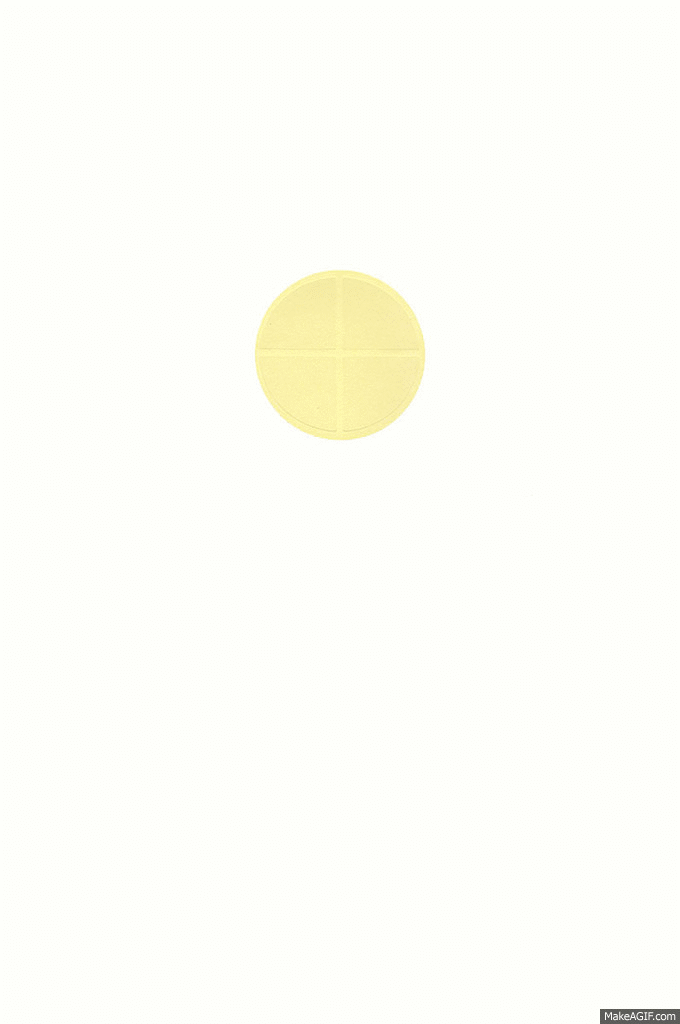 |
||||||||||||||||
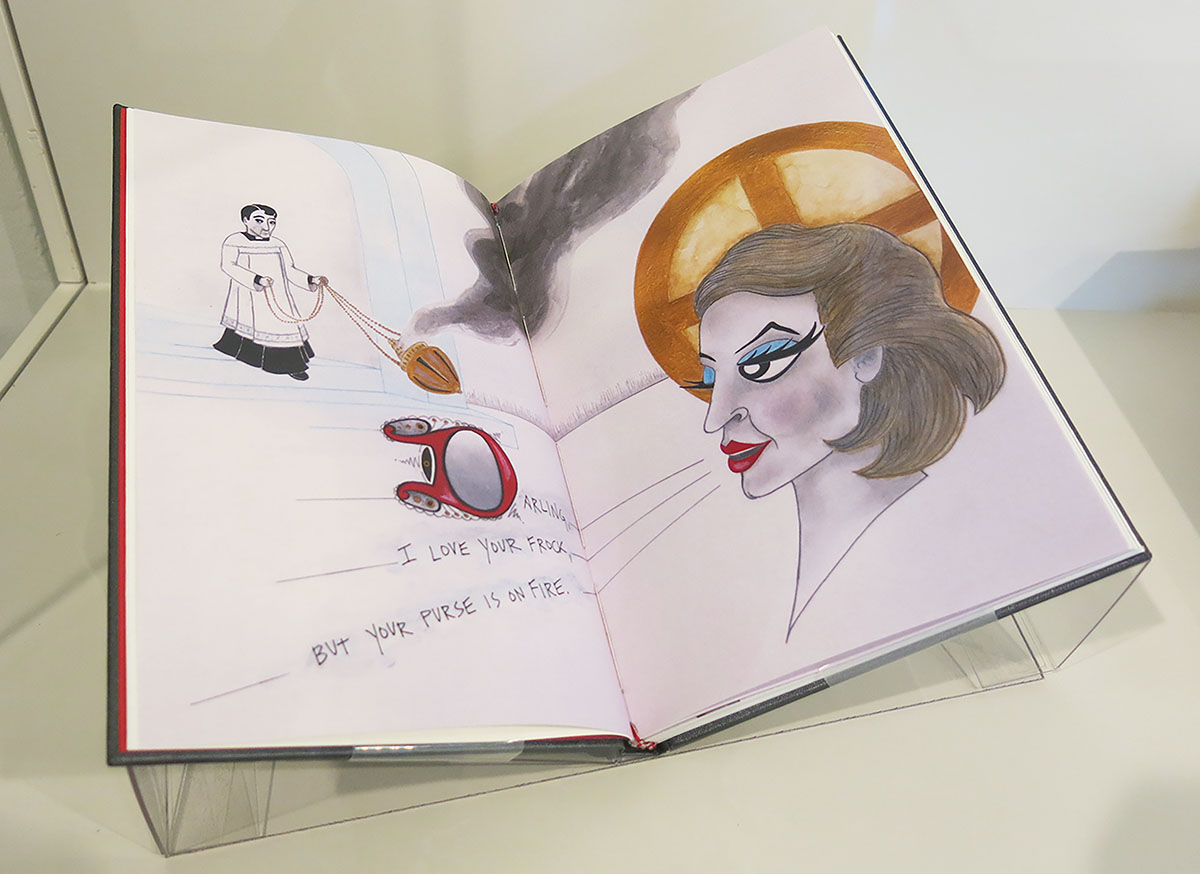 |
||||||||||||||||
|
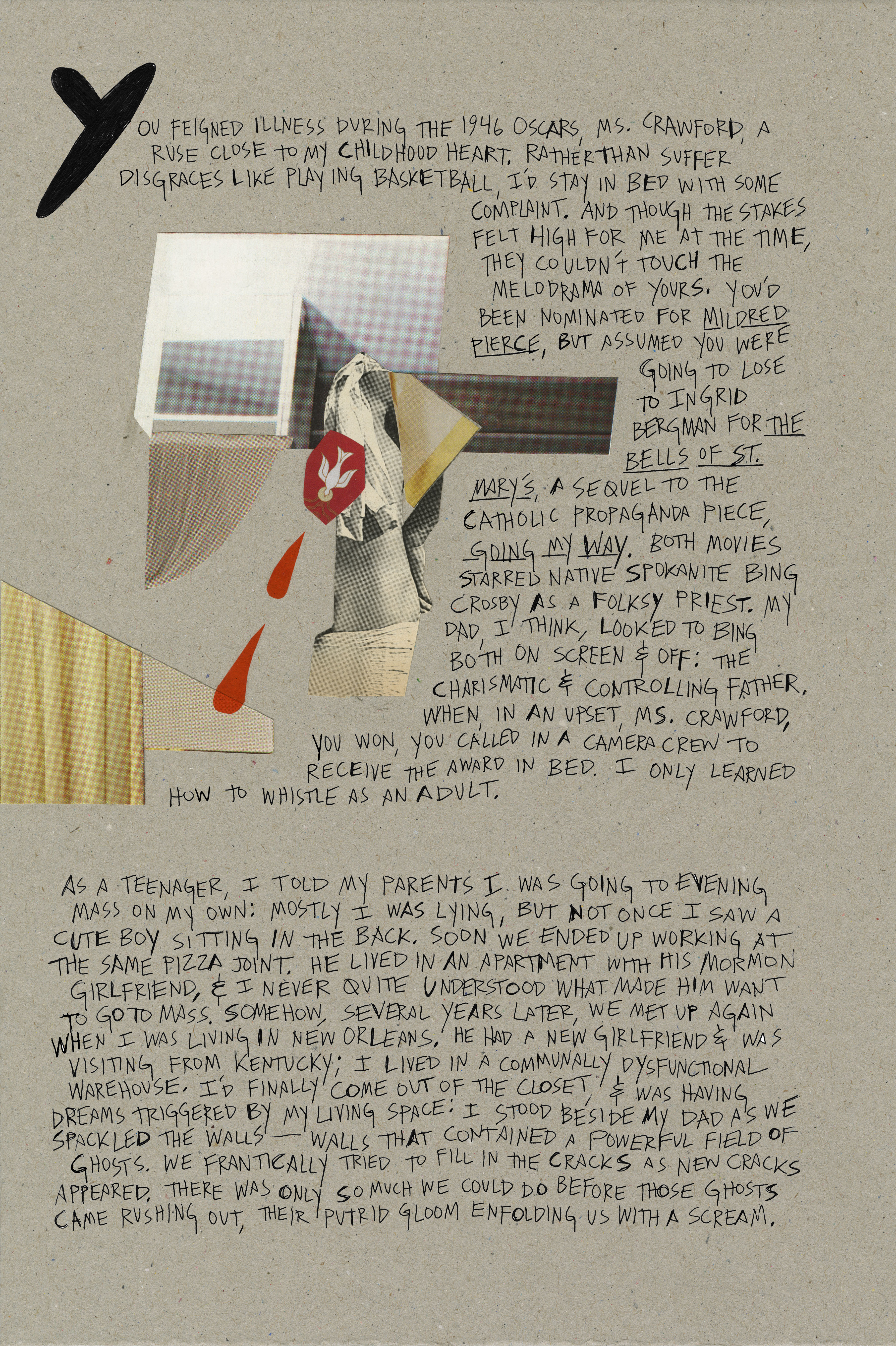 |
|||||||||||||||